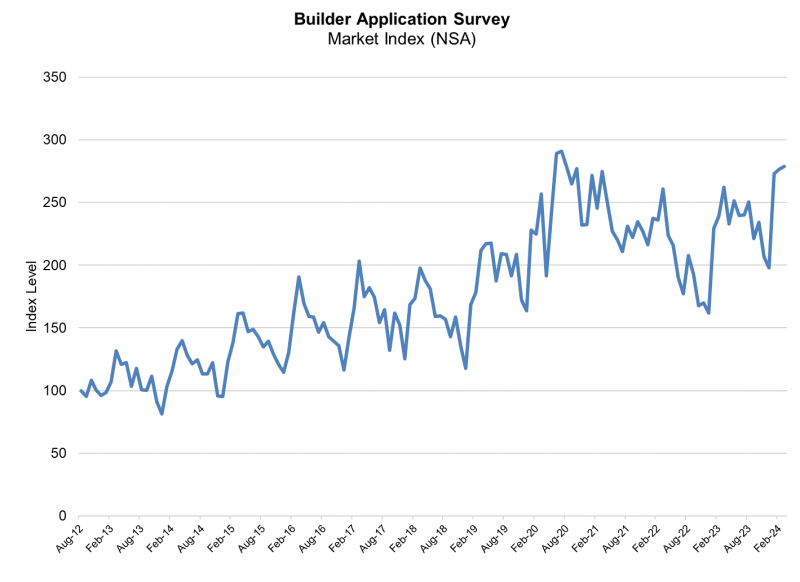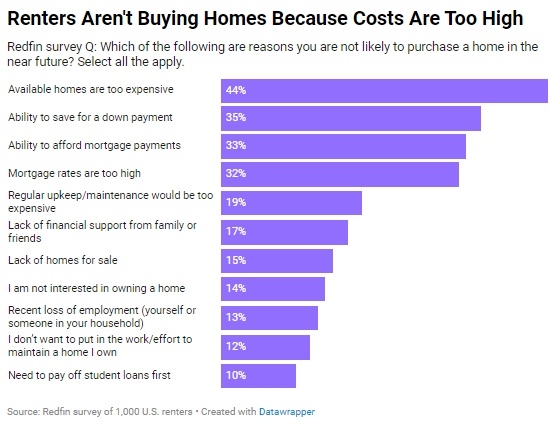Alternative Credit Scoring Meets the Mortgage World

Last month, Reps. Ed Royce (R-CA) and Terri Sewell (D-AL) introduced HR 4211, the Credit Score Competition Act of 2015, a measure drafted to allow the government-sponsored enterprises (GSEs) to use other credit scoring models besides FICO. In offering this bill, the representatives challenged the problem that many low- and middle-income Americans face when considering homeownership—that have the wherewithal to responsibly pursue the American Dream, but are disqualified from consideration due to a low or non-existent FICO score.
“Fannie Mae and Freddie Mac are the largest mortgage purchasers in the nation, but they rely on credit score models that don’t necessarily take into account something as simple as whether borrowers have paid their rent on time,” said Rep. Sewell. “Homeownership is an integral part of the American Dream that shouldn’t be out of the reach for low-income, rural and minority borrowers who lack access to traditional forms of credit. This legislation takes an important step towards addressing this issue and helps make homeownership a reality for more Americans across the country.”
For John Councilman, immediate past president of NAMB—The Association of Mortgage Professionals and president of Fort Myers, Fla.-based AMC Mortgage Corporation, the need to rethink credit scoring is long overdue.
“There are many problems with the current system that shuts out creditworthy borrowers,” Councilman said. “One of the biggest offenders is medical collections. Often, the applicant isn't even aware a problem exists due to delays or other issues with insurance payments. It is not uncommon to find a borrower who has an excellent payment history on installment and revolving credit that has a low score due to medical collections.”
Councilman added that in today’s economy, it is too easy for many people to slip through the proverbial cracks when it comes to credit reporting.
“Borrowers with skinny credit files are denied credit because they often use creditors who do not report to the bureaus,” Councilman continued. “A borrower who pays rent timely is given no credit for that history. Debt collectors exploit the outdated system regularly. Even FICO's more recent score algorithms consider some of these improvements, but they have not been adopted by Fannie Mae and Freddie Mac.”
 For Mike Mondelli, senior vice president of the Chicago-headquartered TransUnion Alternative Data Services, the effort to end the FICO monopoly at the GSEs is a breakthrough in expanding alternative credit scoring practices across the housing world.
For Mike Mondelli, senior vice president of the Chicago-headquartered TransUnion Alternative Data Services, the effort to end the FICO monopoly at the GSEs is a breakthrough in expanding alternative credit scoring practices across the housing world.
“The mortgage industry is not the leading industry when it comes to alternative credit scoring,” Mondelli observed. “The leaders in this are the auto industry and the consumer lending sector. But we are starting to see signs of adoption in mortgage space.”
Actually, these changes are a return to previous practices from years gone by.
“Alternative credit has been around forever,” said Terry Clemans, executive director of the National Consumer Reporting Association (NCRA), located in Roselle, Ill. “It was around prior to the creation the underwriting systems. In 1998, the standardization of multiple facets for requiring most of the credit reports changed that. But now, post-financial crisis, we are going back in time and picking up some of the sound underwriting decisions that were done away with for speed and economy. Alternative credit is one of them.”
But Clemans acknowledged that prior to 2008, alternative credit sourcing was linked to mortgage fraud due to a significant conflict of interest in the underwriting practices by some originators.
“You cannot have a loan originator in charge of verifying alternative credit,” Clemans said. “They have an interest in the loan going through. That is kind of like putting the mouse in charge of the cheese. The proper way to verify this is to have credit reporting agencies verify it.”
And that’s where TransUnion comes in with its CreditVision Link product, which was introduced in October 2015 and promoted as the first credit score to “combine both trended credit bureau data and alternative data sources—creating a more precise picture of consumer risk and their ability to manage financial commitments in a single point.” TransUnion stated that this alternative credit scoring solution would allow lenders to “score approximately 95 percent of the U.S. adult population, including tens of millions of consumers who cannot be scored by traditional credit scores.”
“We’re in process of testing this with both GSEs,” said Mondelli. “That’s going to take time [to complete], but we are in the process of broaden the box beyond the FICO box.”
In fairness, FICO is not totally oblivious to alternative credit scoring. In April 2015, the company launched a pilot program with LexisNexis Risk Solutions and Equifax that allowed 12 of the largest credit card issuers in the U.S. to use alternative data to identify individuals that would be unable to obtain traditional credit under the traditional scoring process.
For Amy Crews Cutts, chief economist at Atlanta-based Equifax, the bridge between alternative credit scoring and traditional credit scoring covers much common ground.
“The concept is very much the same,” Cutts explained. “They have a particular goal in mind: the performance of the mortgage and the likelihood of default. The challenge is to create a statistically valid model that takes into account systematically reliable and robust characteristics for people who are successful in paying back the mortgage, while bettering the filters to check out people that are not likely to repay.”
Cutts also pointed out that changing demographics and post-recession economics have made alternative credit scoring more relevant in determining creditworthiness.
“Alternative credit looks at three groups of people,” Cutts continued. “First, those who recently moved to the U.S.—if they could have brought their credit histories from their former countries, most likely it would have looked pretty good. Second, there are young people that just graduated from high school or college and are having a very difficult time establishing credit. Many young people use debit cards, which are great for cash but not for building up a credit history. And, third, there are people who have been here for a while and never really participated in the formal credit markets.”
Cutts added that having the mortgage industry pursue alternative data further is a step in the right direction.
 “This is a whole new way to look at consumer,” she stated. “There is an opportunity to find really good credit risk among people who have not built up a presence in the credit market.”
“This is a whole new way to look at consumer,” she stated. “There is an opportunity to find really good credit risk among people who have not built up a presence in the credit market.”
But embracing this concept will require some adjustment by many lenders. For starters, Clemans noted that automated underwriting systems are not set up to factor in this type of data, and many lenders are not eager to do their underwriting without automation.
“It is problematic to do a manual underwriting,” said Clemans. “The lending community seems more interest in the speed of underwriting. In the conventional loan world, it is pretty much nonexistent. With FHA and VA loans, it is not the case and is much easier to do manual underwriting for those loans.”
Clemans also stated that using certain records as evidence of paying bills on time may also hold potentially disqualifying information.
“Filing utility data could hurt consumers due to energy assistance programs that are available to low-income consumers,” Clemans added.
Mondelli admitted that one major stumbling block in this matter involves the lack of a standardized method to categorize alternative data.
“We have to be careful because there are 10 to 15 different credit data bureaus and they are anything but uniform,” he said.
But despite the challenges, the movement to upgrading the credit scoring process is seen as a win-win situation for mortgage professionals.
“NAMB has long-advocated for improved credit score modeling,” said Councilman. “A change is past due.”





